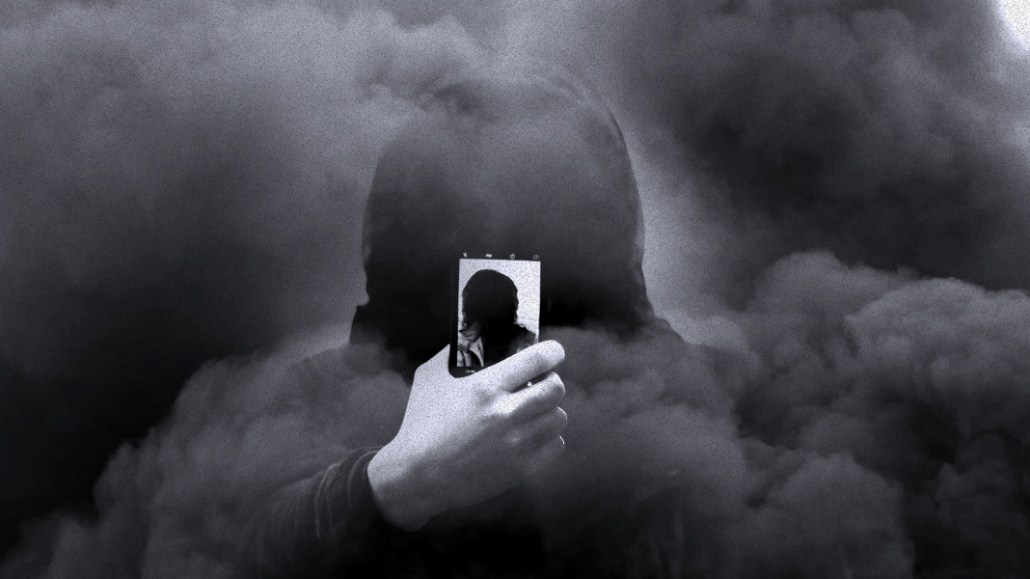Save 50% on a 3-month Digiday+ membership. Ends Dec 5.
Wary of fake followers, agencies change how they charge for influencer ad campaigns

When Unilever CMO Keith Weed declared Unilever would stop working with influencers who bought followers, he reinvigorated the conversation around fraudulent practices in influencer marketing.
Now, influencer agencies are shifting from charging clients based on influencer follower counts to post impressions, aware they cannot guarantee that an influencer doesn’t have fake followers.
Collective Bias and Influencer agency Fohr are two agencies that are making this change. Collective Bias, owned by data analytics company, Inmar, which works with a closed community of 11,000 influencers for campaigns for clients like Coca-Cola, Nestle, Johnson & Johnson and Samsung, has gotten an increase in client inquiries since Weed addressed the issue ahead of Cannes Lions, said Leah Logan, vp of media products and community growth there.
“We don’t want to charge our clients for any eyeballs that are not actually seeing posts,” Logan said. “The pay-for-reach model is no longer acceptable.”
The change is a big one for Fohr, which works with a network of over 50,000 influencers for campaigns ranging across market categories, but founder James Nord said the move would help eradicate influencer fraud since influencers will no longer be incentivized to buy followers.
Two other influencer agencies, speaking anonymously, also said they will be making the same updates in the coming year.
Influencer agencies are also updating their standards around fraudulent posts and brand safety. Collective Bias is guaranteeing that if an influencer violates any rules after their content is published, the content will be removed within 12 hours. The agency is also prohibiting influencers from incentivizing their followers to engage with their content, purchasing followers or otherwise artificially generating traffic. Ahalogy is adding impression tracking to its client platform and Peersway is identifying what percentage of an influencer’s followers is fake.
Ad position: web_incontent_pos1
On Instagram, a common practice has been to generate a cost per post based off an influencer’s follower count and multiply that by the CPM. For instance, an influencer working with Fohr with 100,000 followers would receive around $1,000 to $1,500 per post with a $10 CPM, said Nord. Other agencies like Ahalogy and Peersway instead charge clients fixed rates regardless of how many followers an influencer has.
Both Collective Bias’ and Fohr’s new pricing models are now based entirely on fixed CPMs that don’t vary no matter how many followers the influencer has. They plan on scraping impression data (one impression is counted as one person viewing a post) from Instagram’s Business API and screenshots from their influencers’ business accounts.
Enabling this shift in pricing is the fact that Instagram introduced a business accounts insights program two years ago that shows how many people saw an influencer’s post, said Nord. Before that, the only number to go off was followers.
Collective Bias and Fohr said the new pricing format will also make influencer marketing easier for media buyers since other forms of media are bought in a similar way.
CPMs on Instagram, which range from $5, on the low side, to $15, on the high side, will likely be double what they are now, said Nord. “Right now, CPMs in the industry assume that a percentage of the audience aren’t going to see the post,” he said. “If we’re going to start paying influencers based on the number of impressions they get, then the CPMs will have to change to reflect the value of that advertising without that discount.”
Ad position: web_incontent_pos2
Overall pricing will likely remain the same, since companies will no longer be charged for total follower count. “Before, we would pay a $10 CPM for 100,000 followers, so we would charge a thousand bucks,” said Nord. “Now, if the CPM becomes $20 dollars and you’re reaching 50,000 people, that still adds up to a thousand dollars.”
As for influencers, those with strong engagement will fare well under the new pricing model while those with less engagement will suffer, even if they have large followings, fake or not. Impression-based pricing also takes away power from influencers to name their own rates when working with an influencer agency. Logan recently spoke with an influencer who demanded $15,000 for a post.
“Because the currency is behind a reach-based model, the influencers are demanding rates like this,” said Logan. “When we truly come down to their performance and what they are going to deliver from an ROI standpoint, they are going to have to go back to the drawing board and look at their rates.”
More in Marketing

Ulta, Best Buy and Adidas dominate AI holiday shopping mentions
The brands that are seeing the biggest boost from this shift in consumer behavior are some of the biggest retailers.

U.K. retailer Boots leads brand efforts to invest in ad creative’s data layer
For media dollars to make an impact, brands need ad creative that actually hits. More CMOs are investing in pre- and post-flight measurement.

‘AI is permeating everything we do’: How Guitar Center developed 2 AI tools this year
This summer, the company launched a chatbot called Rig Advisor to help customers find the right instruments and products.
Ad position: web_bfu